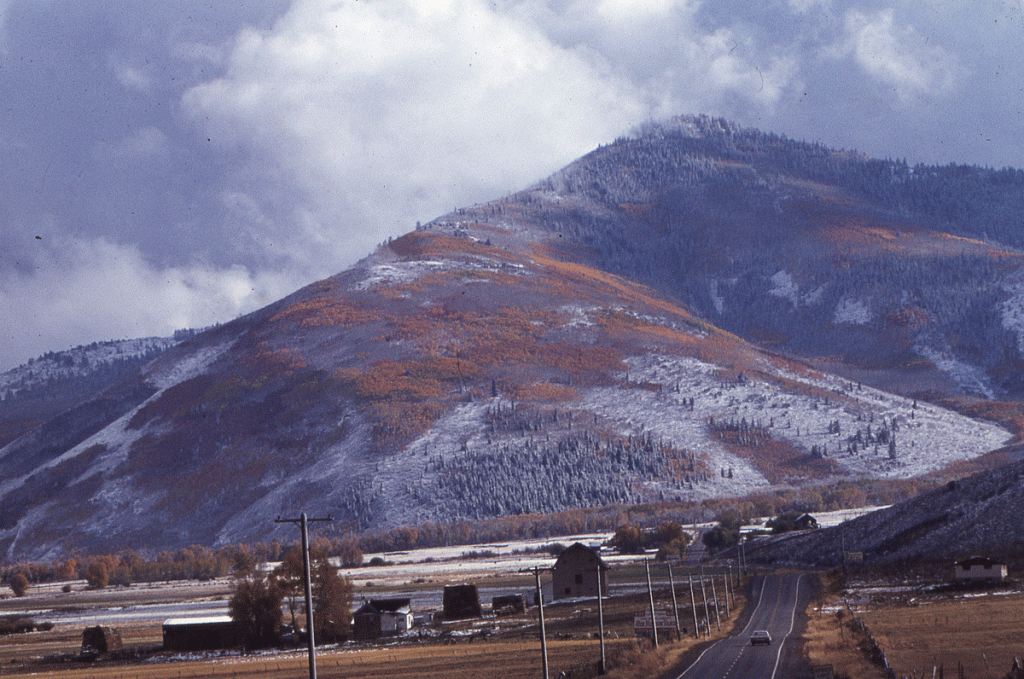On November 17, 1941, a B-18 Army bomber fell from the sky above Park City, engulfed in flames, and careened into Iron Mountain. The crash killed two men; five survived. For one of the survivors, Second Lieutenant Mabry Simmons, the disaster was just the first of a tragic series of events that eventually claimed his life.

Credit: Park City Historical Society and Museum, Carl Woolsey Collection
Three weeks after the Park City crash, Simmons was the co-pilot of a plane that flew right into the Japanese surprise attack on Pearl Harbor. At 7:02 a.m. on December 7, 1941, two army privates manning the Opana Mobile Radar Station on the northern tip of Oahu reported an enormous flight of planes approaching the island from the northeast. At 7:39 a.m., Opana lost radar sighting. The radar operators were told not to worry, as the military base was expecting the arrival of American Army B-17 Flying Fortresses.
Twelve B-17s were approaching Hawaii from California at exactly the same time as a 350 plane Japanese strike force was bearing down on Pearl Harbor. Six of the planes were from the 88th Reconnaissance Squadron, 7th Bombardment Group based at Salt Lake City, Utah. The Utah-based planes had left Salt Lake City on December 5 destined for the Philippines to reinforce the American forces there.
As they neared Hawaii on their 2,400 mile flight over the Pacific, radio station KGMB was playing soft Hawaiian music for them to use in locating Oahu. Ironically this also provided an excellent homing beacon for the Japanese planes!
As the Flying Fortresses neared, they spotted a group of fighter aircraft coming to meet them. The fighters came at the B-17s with machine guns blazing. With skill and nerve, Lt. Simmons’ B-17 and one other Utah bomber managed to land at a short fighter strip at Haleiwa on the North Shore of Oahu. Another plane set down on a golf course and the remainder landed at Hickam under the strafing of Japanese planes.
Fifteen years after his ordeals in first Park City then Hawaii, in April 1956, Simmons was fatefully involved in yet another crash, this one proving fatal. Amidst squally weather, Simmons was killed when the Air Force cargo plane he was flying smashed into a rocky hilltop near Klamath Falls, Oregon.
At the time of his death, he was stationed in San Bernadino, California and taking graduate courses at the University of South California. He was piloting the plane en route to Salem, Oregon and coming in for a refueling stop when the crash occurred. Three of the five persons aboard died, including the chief of military personnel for the San Bernadino Air Material Area.
In 1942, Lieutenant Simmons had been awarded the Silver Star for gallantry in action in New Guinea and the Solomon Islands. He was interred in the Willamette National Cemetery in Portland, Oregon. If you’re interested in learning more about the B-18 crash at Iron Mountain, Steve Leatham and David Nicholas will be sharing their research in “Abandon Ship,” a lecture presented at the Park City Museum on Wednesday, November 8 from 5-6pm. Join us!